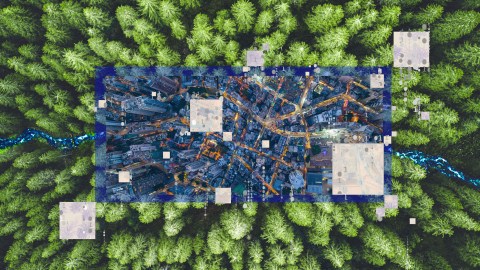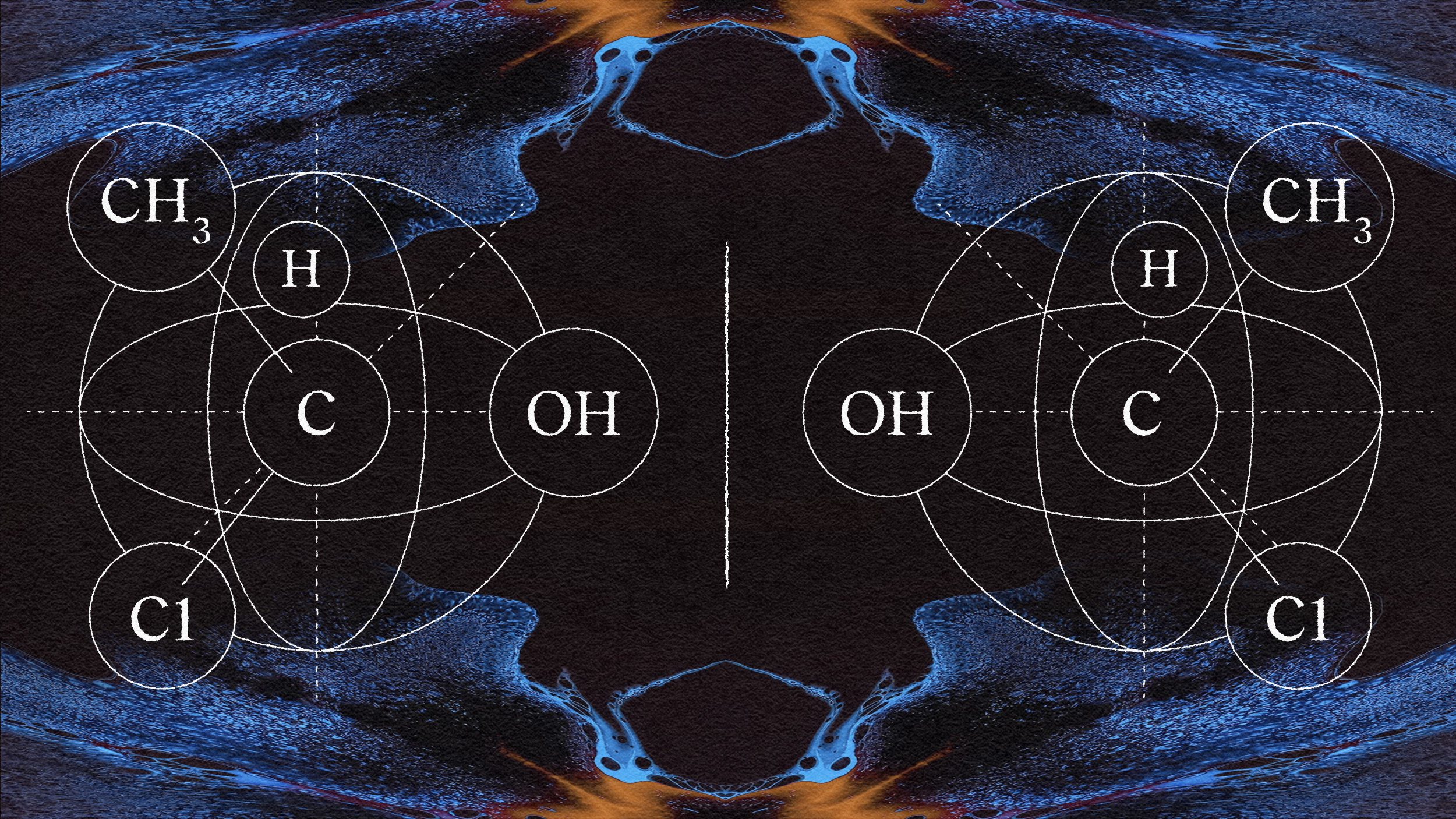Biology or technology: Which moves more information per second?

- Traditional views of life emphasize biological processes like reproduction and metabolism. However, you can also understand life by focusing on its capacity to deliberately use and transfer information, a process that distinguishes it from non-living systems.
- A recent paper estimated the total amount of information transferred per second by all life on Earth.
- To contextualize this estimate, astrophysicist Manasvi Lingam also conducted similar estimates for the total amount of information transferred per second by all technology on Earth. The estimates suggest life moves more information per second than technology — but that could change in the next century.
When people try to define life, they tend to focus on things like reproduction or metabolism. It’s true that moving matter and energy around to simply stay alive or produce offspring is a fundamental characteristic of living systems. But there’s another and perhaps more all-encompassing way of understanding life that puts information front and center. In this view, what makes life special — what makes it different from all the other physical systems — is its ability to use information. Stars, for example, can be described in terms of information but it doesn’t make much sense to think of them as using that information. By “use,” I mean deliberately storing, copying, transferring, and processing information toward some end.
But what if we want to look at life as a planetary-scale process? The idea of the biosphere — the sum total of Earth’s life — goes back more than a century. The Russian biogeochemist Vladimir Vernadsky coined the term biosphere when he recognized that life was not a passive rider on Earth’s geophysical evolution. Instead, Vernadsky saw that life as the biosphere was an equal player in setting the planet’s trajectory along with the other “geospheres”: atmosphere (air), hydrosphere (water), cryosphere (ice), and lithosphere (land). Since then, the concept of the biosphere has become foundational to fields ranging from climate science to astrobiology.
If we recognize information as an essential component of life and also see life as a planetary-scale process, a question arises: How can we combine those two perspectives to understand information on planetary scales? Given the complexity of information’s involvement with the entire biosphere, that question can seem daunting. But recently, Manasvi Lingam, Amedeo Balbi, and I published a paper taking on the problem — and the results were pretty fascinating.
Manasvi, an astrophysicist at the Florida Institute of Technology, led the study. A prolific theorist with an extraordinary command of topics as disparate as cellular signaling and stellar evolution, I always really enjoy working with him. One of the most important skills a talented scientist must possess is the ability to pick the right problem: Of all the questions you could ask about a certain topic, which ones can you actually answer? In thinking about information and the biosphere, Manasvi saw a way to nail down one particular aspect of the problem: transmission. What, he asked, is the sum total of information that is moved from one place to the other by life on Earth? Getting such a number seems like a pretty tall order. So how did he do it? The answer was to focus on cells.
Measuring the flow of information
To make his estimate, Manasvi first calculated the total number of prokaryotic cells in the biosphere. Numbers like these are actually not that hard to come by since the mass of living matter on Earth in all its different forms (including microbes) has been determined in many different ways. It then becomes a matter of dividing that mass into cells, giving a total number of prokaryotic cells as about 1029 or 100,000 trillion trillion (yikes!).
Since cells communicate by emitting chemicals, the next step was to estimate how many partners a given cell can communicate with. Manasvi estimated this as six by thinking in terms of nearest neighbors. Finally, based on experiments, it appears that the information transfer rate between cells is 10-4 bits per second. Putting it all together, including how often a given cell chooses to send a signal, Manasvi found a global information transmission rate of 1024 bits/s for the modern biosphere.
That’s a wonderful number to know by itself because it shows there is a spectacular amount of information being passed around in the biosphere. But to make sense of it, we need something to compare it with. That’s where things got interesting.
The technosphere
Manasvi carried out similar estimates for the global information transfer rate for the whole technosphere. The technosphere is the machine equivalent of the biosphere: the sum total of technology that humans have deployed around the globe. Given that we live in the digital age, it’s also possible to calculate how much information the technosphere moves around per second. Estimating that number via internet traffic yields a global transmission rate of 1014 bits per second. This is more than a billion times less information per second than the biosphere. So, for now, the biosphere is moving much more information than human technology.
For now is the key term here. It turns out that the rapid expansion of digital technology puts us on a path where the technosphere will outpace the biosphere in terms of information transfer by the beginning of the 22nd century (the exact date Manasvi found was 2113).
So, by 2113 the human-built technosphere will move more bits than the biosphere (from which humans emerged). What will that mean? What will crossing that threshold signal for the evolution of our species and the evolution of the planet? That is a great question which I don’t have an answer for yet. But, just as important, we could not even formulate that question if we hadn’t taken this global view of information and life. That’s the power of a new perspective.





